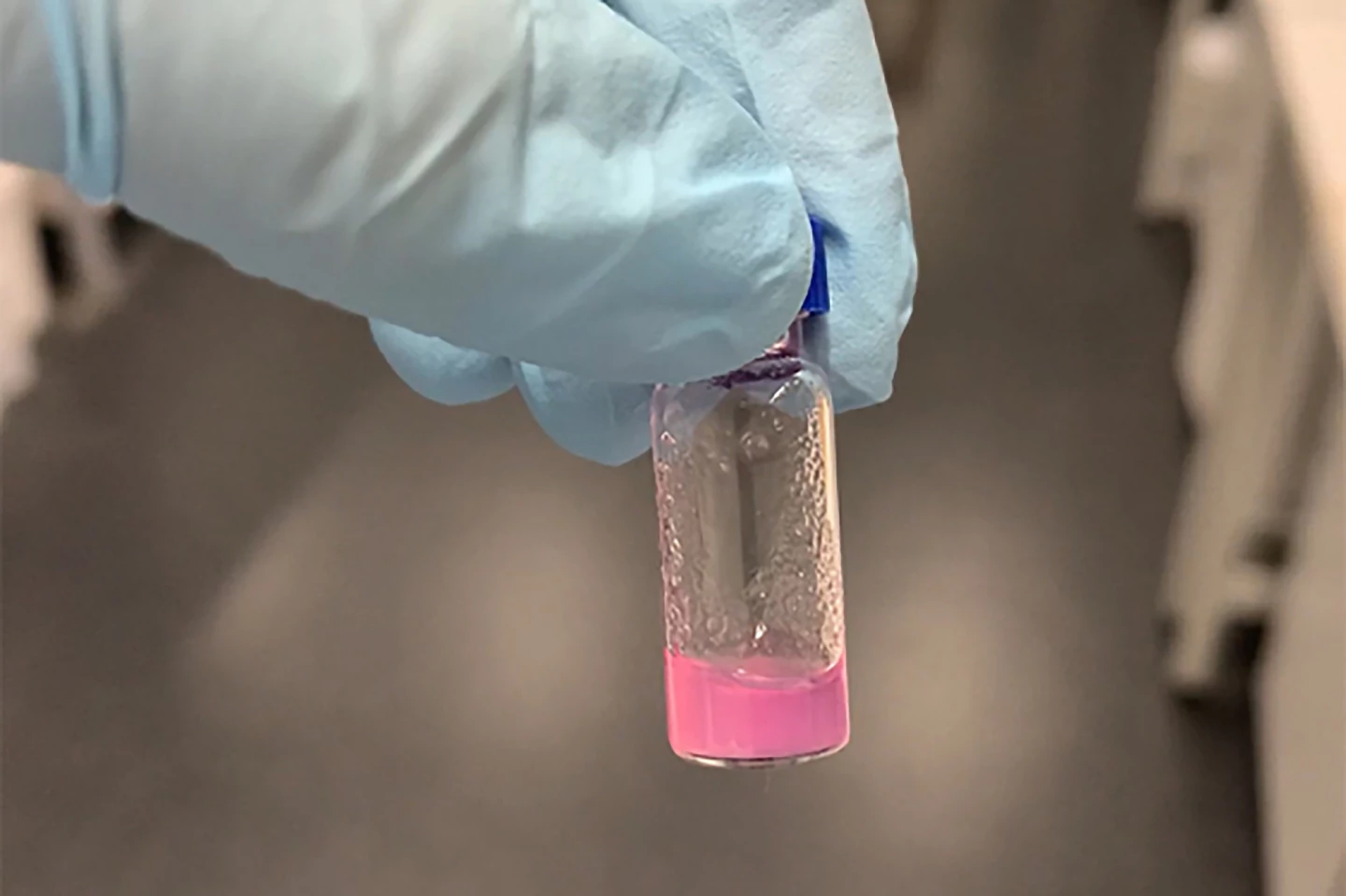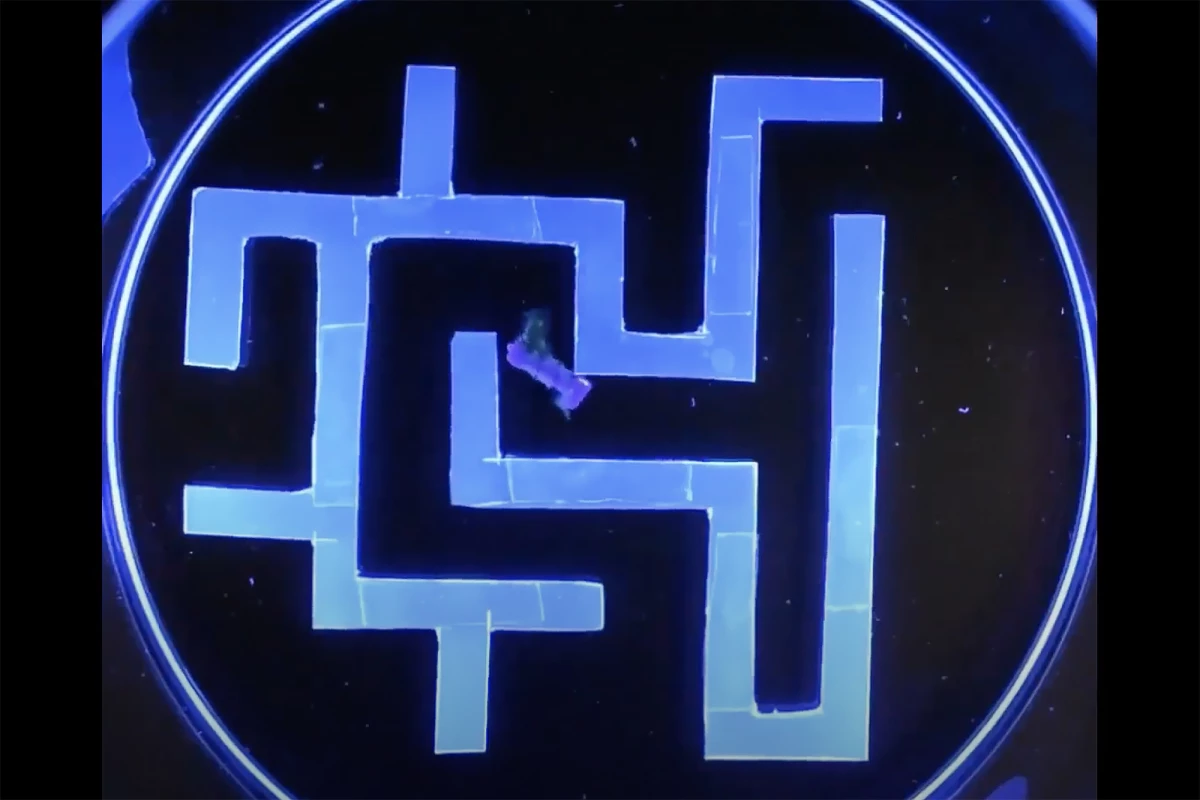Researchers have developed a plant-based hydrogel to create shape-changing, navigable small-scale robots with potential applications in biomedicine, including conducting medical procedures such as biopsies and delivering therapeutic cargo to cells and tissues.
Unlike rigid microrobots, soft microrobots are more tissue-friendly because they can easily pass or squeeze into biological systems. However, the challenge lies in creating soft microrobots that can sense and adapt to their environment, and because they’re foreign bodies, not trigger an immune response.
Researchers at the University of Waterloo in the UK developed a biocompatible plant-based hydrogel to create navigable microrobots capable of shape-changing in response to external chemical stimuli.
“In my research group, we are bridging the old and the new,” said Hamed Shahsavan, corresponding author of the study. “We introduce emerging microrobots by leveraging traditional soft matter like hydrogels, liquid crystals, and colloids.”
The tiny soft robots, a maximum of 0.4 in (1 cm) long, are made of advanced hydrogel composites that include sustainable, plant-derived cellulose nanoparticles. In addition to being biocompatible and non-toxic, the material is self-healing; it can be cut and then pasted back together without glue or other adhesives to form different shapes for use in different applications. The hydrogel changes shape when exposed to chemical stimulation, allowing researchers to orient the cellulose nanoparticles at will and, therefore, ‘program’ the robot’s shape-changing, an important capability for a soft robot.
The researchers designed and tested two pH-responsive, small-scale robots. The first was capable of grabbing, transferring, and releasing spherical or irregular soft biological cargos triggered by pH. The second could transfer light cargo through a maze by remote navigation using a magnetic field, as seen in the video below, produced by Waterloo Engineering. Once it’s completed the maze, hydrochloric acid causes the robot to unfurl and drop its cargo.
The researchers say that the pH-responsive nature of the hydrogel means that the microrobots have the potential to be used in body organs with high native pH levels, as well as having the ability to tolerate acidic pH environments, such as in the bladder.
The researchers plan to improve their design before testing it in real-world applications, including developing a hydrogel formulation with enhanced mechanical properties that would allow higher load-bearing capacity. They also plan to miniaturize the robots to a nanoscale size for use in therapeutics or diagnostics.
The development of this plant-based hydrogel marks a move away from hydrogels comprised of natural polymers, one of which is gelatin harvested from animal tissue. In another recent study, researchers from the University of New South Wales (UNSW) Sydney created a lab-made hydrogel that mimics human tissue and is antimicrobial and self-healing but does not use animal products.
“Natural hydrogels are used all over in society – from food processing to cosmetics – but require harvest from animals, which poses ethical concerns,” said Ashley Nguyen, the lead author of that study. “Also, animal-derived materials are problematic for use in humans because of the negative immune response that occurs.”
The UNSW researchers instead created their hydrogel using so-called ‘tryptophan zippers,’ or Trpzip, short chains of amino acids with multiple tryptophans, which act as a zipper to promote self-assembly.

“We think that Trpzip hydrogels and materials like it will provide a more uniform and cost-effective alternative to animal-derived products,” said Kristopher Kilian, the study’s corresponding author. “It would be a tremendous outcome if our material reduced the number of animals used in scientific research.”
Both the University of Waterloo study and the UNSW study were published in the journal Nature Communications.
Sources: University of Waterloo, UNSW Sydney






